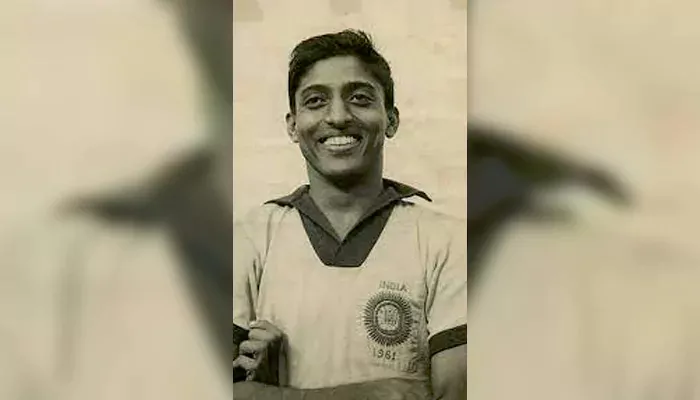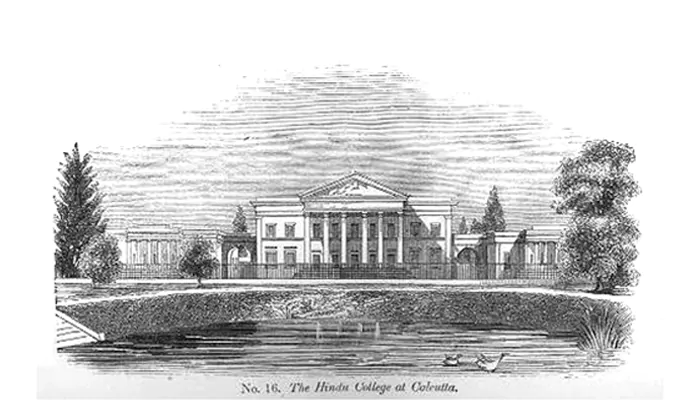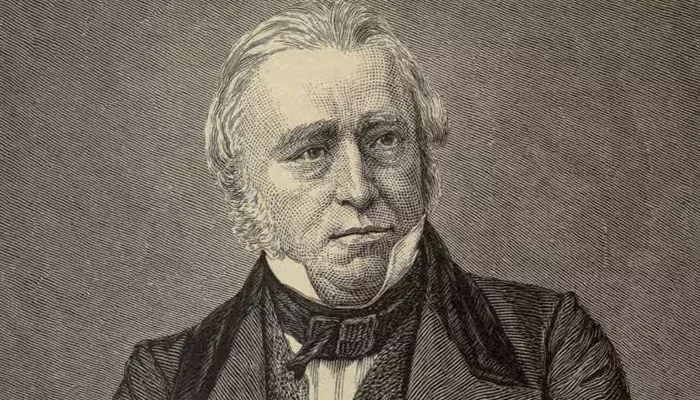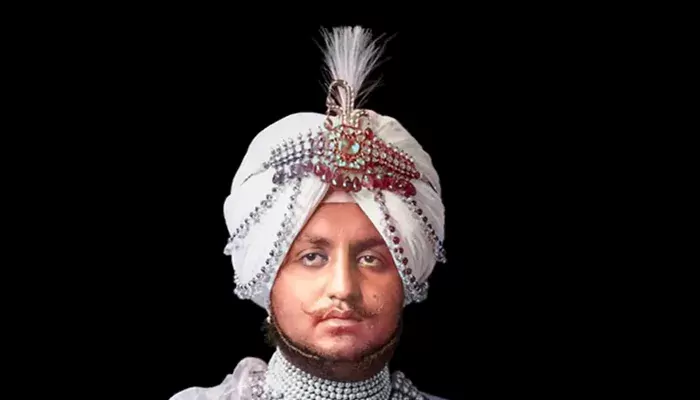India On Wheels: The Amphibious 800 – A Daring Experiment That Never Got Its Due
- Rohit Chatterjee
- 4 months ago
- 3 minutes read
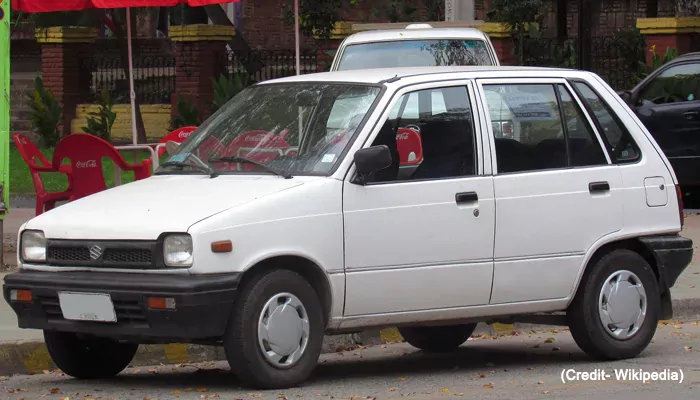
In a daring attempt to beat heavy monsoons, a car mechanic turned an iconic car into an amphibious vehicle.
The majority of the world, especially the West, has always looked down on India. Our nation has always been belittled, be it our culture, tradition, or history, mocked by nations that feel they are superior to us.
However, the world often forgets that India has always been modern in terms of education, as evidenced by our ancient scriptures. The nation is an epitome of scientific marvel, whether in terms of building ancient temples, devising mathematical solutions, plastic surgery, or UPI payments.
In this article of the ‘India On Wheels’ series, we visit the story of a car mechanic who, with very limited means, turned a normal car into an amphibious vehicle two decades ago. Yes, amphibious vehicles have been in existence for decades, but in India, the attempt was made by a single individual, not a vehicle manufacturer.
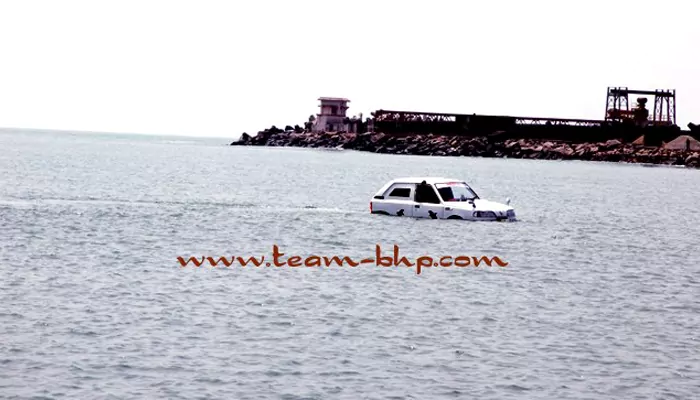
(Credit- TeamBHP)
A well-thought-out solution
Before we move on to the car, let us understand the motive of P.S. Vinod, the carmaker who made the amphibious car. Hailing from Kerala, the state is known for receiving heavy downpours during the monsoon season to such an extent that waterlogging and flooding are common phenomena in the area. In India, where having boats isn’t a cultural norm, as seen in several countries, people are often stuck at home, and their daily lives come to a temporary halt. Therefore, the mechanic took matters into his own hands and started building his own amphibious car.

(Credit - NIF)
A transformed Maruti 800
A matriculate by education, Vinod started his amphibious project with a Maruti 800. The car had its own engine, but Vinod added a second engine that ran on kerosene. Vinod’s project car used its original engine to ply on the road, whereas the kerosene engine was fitted at the rear to propel the boat in water. To keep the car on the water surface, a floating structure was designed and fitted above the four tyres of the car. On the road, the project car had a top speed of 140 kilometres per hour and a decent speed of 20 kilometres per hour on water.
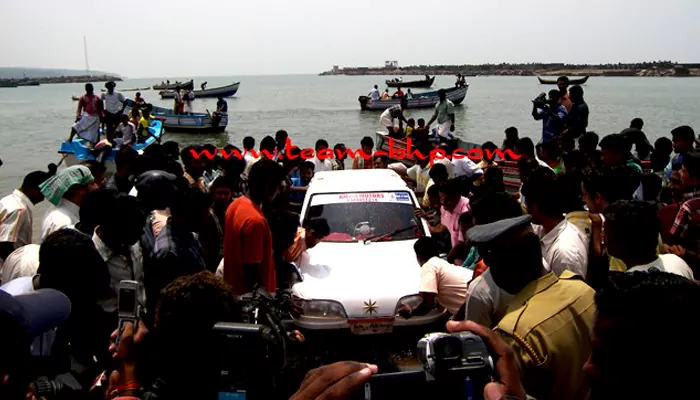
(Credit- TeamBHP)
Lack of support
Vinod did not have any support from anybody to work on his project. According to reports, Vinod had spent INR 8 lakh on the project by selling his personal possessions and even took out a loan. In 2007, the car gained attention when it was launched from the Vizhinjam Harbour in Kerala. Even a national newspaper like The Hindu had covered the feat, and thousands of local residents had reached the spot to see the project car.
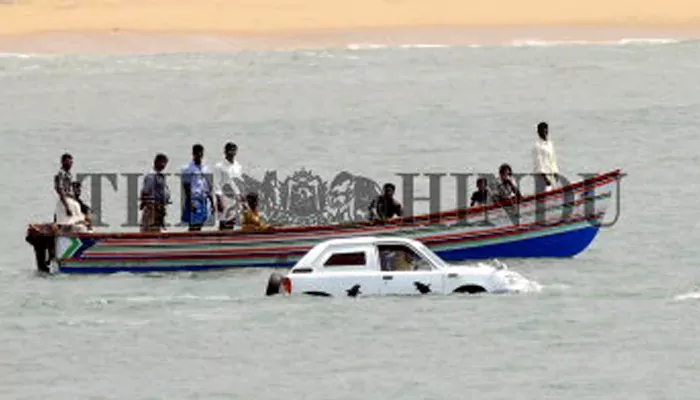
(Credit - The Hindu)
Lost forever
After 2007, there are no reports of what happened to Vinod and his project. There’s only brief information about Vinod and his project on the National Innovation Foundation's website. No major manufacturer has come forward to lend a hand, and to date, India doesn’t have a road-legal car that can run on water for the common masses.
Nonetheless, Vinod’s project was ambitious, and nearly two decades later, it is high time people read about his brave attempt, which marked a significant part of the Indian automobile industry post-independence.


